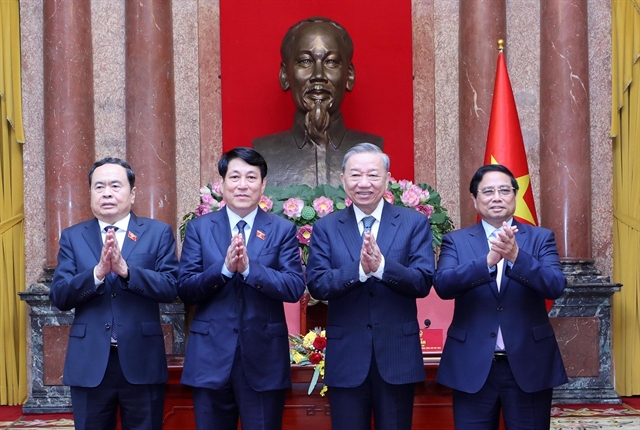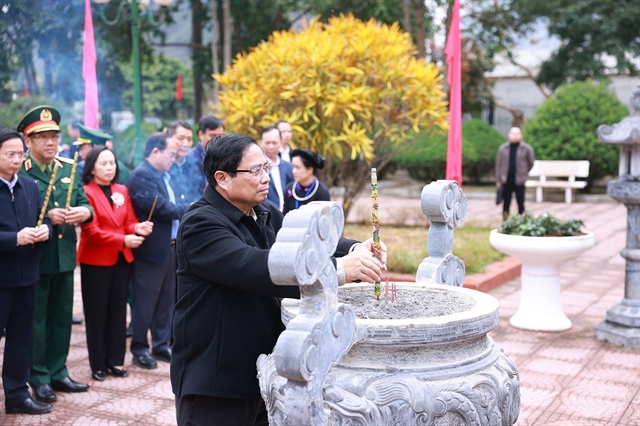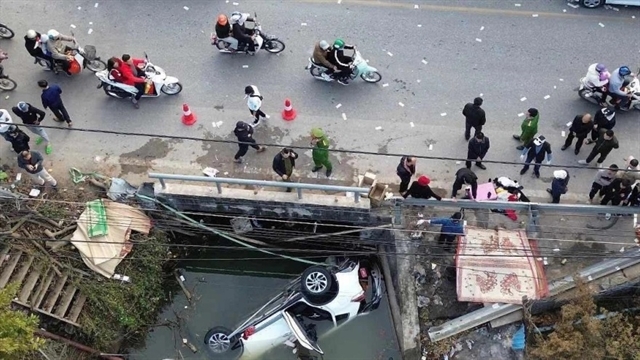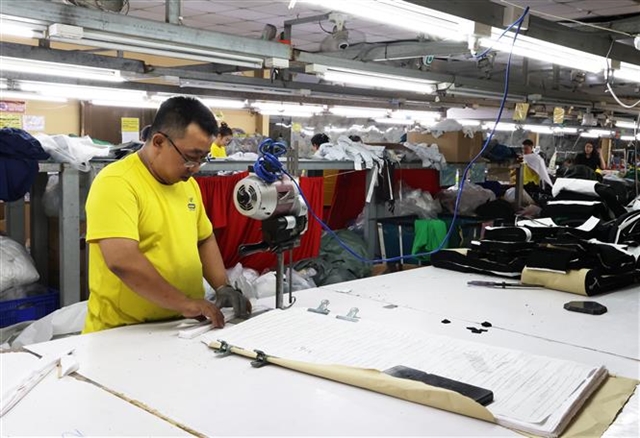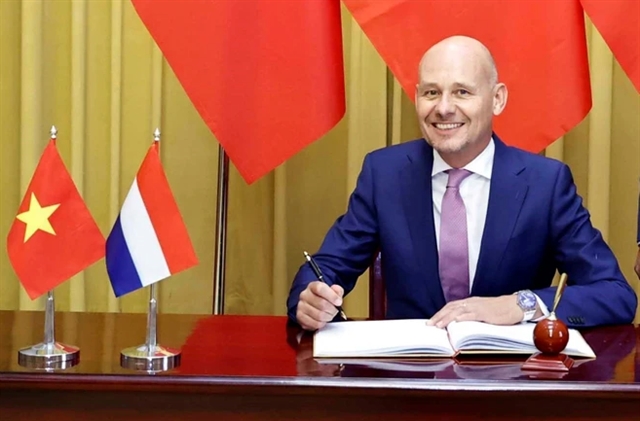 Opinion
Opinion

Phạm Trọng Thực, deputy director general for the Department of Industrial Safety and Environment in the Ministry of Industry and Trade speaks to the newspaper Công Thương (Industry and Trade) on the need to have specific measures to maximise the use of the combustion product coal fly ash.
| ||
| Coal fly ash and plaster coming from thermo power plants, and chemical fertiliser plants were two main issues in 2018.— Photo nguoidothi.net.vn |
Phạm Trọng Thực, deputy director general for the Department of Industrial Safety and Environment in the Ministry of Industry and Trade speaks to the newspaper Công Thương (Industry and Trade) on the need to have specific measures to maximise the use of the combustion product coal fly ash.
What are the current measures used in handling coal fly ash in thermo power plants?
Coal fly ash and plaster coming from thermo power plants, and chemical fertiliser plants were two main issues in 2018.
According to the Ministry of Industry and Trade (MOIT), the volume of coal fly ash and plaster generated by all Vietnamese thermo power plants is about 13 million tonnes per year, of which some 65 percent from plants in the northern region; 21 percent from plants in the central region and 14 percent from the southern region. Meanwhile, some 5.06 million tonnes of coal fly ash – accounting for some 38.9 percent of the total coal fly ash, has been used as raw materials to produce other products, including the gypsum board and the Phosphogympsum or PG gypsum.
In 2014, the PM issued Decision 1696 on measures/solutions to use coal fly ash and plaster from thermo power plants and chemical fertiliser plants as raw materials to manufacture construction materials.
This helped solve the big problem and turn them into raw materials to produce bricks and other products for use in civil construction.
For example, the Việt Nam Chemical Group (VINACHEM) has co-operated with the Đình Vũ Gypsum Joint Stock Company to build a plant to produce an additive which is used to make cement. The plant has a production capacity of 750,000 tonnes of cement per year.
Meanwhile VINACHEM has also co-operated with the Ngọc Linh Company to build a cement plant with its production capacity of 600,000 tonnes per year and coal fly ash is also used as an input material. The plant is expected to open this year.
Don’t you think Việt Nam needs to adopt specific measures to solve the environmental problems that arise from using coal fly ash and plasters in producing construction materials?
The MOIT should work together with concerned agencies including the Ministry of Natural Resources and Environment, the Ministry of Finance and others to discuss how to solve the issues of taxes, fees, environment and others.
In its working plan for 2019, the MOIT has decided to reduce the importation of gypsum or the exploitation of natural gypsum in the country.
The MOIT will cooperate with the Việt Nam Chemical Group, the Ministry of Construction and other agencies to develop the quality criteria for Vietnamese PG plaster used in civil construction and in production of some construction materials.— VNS

